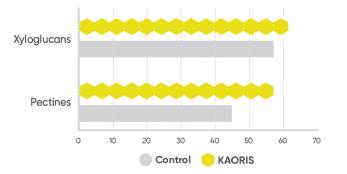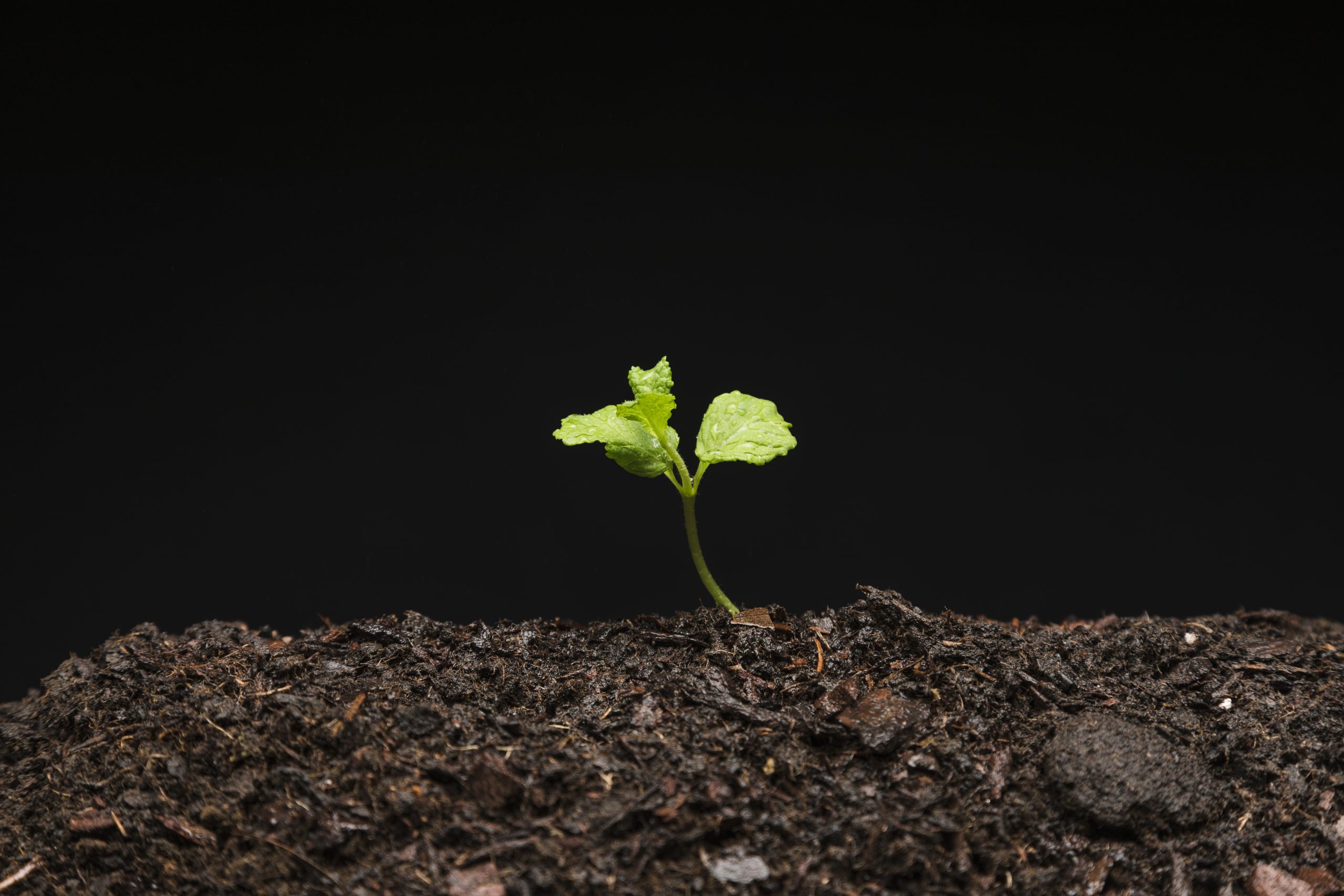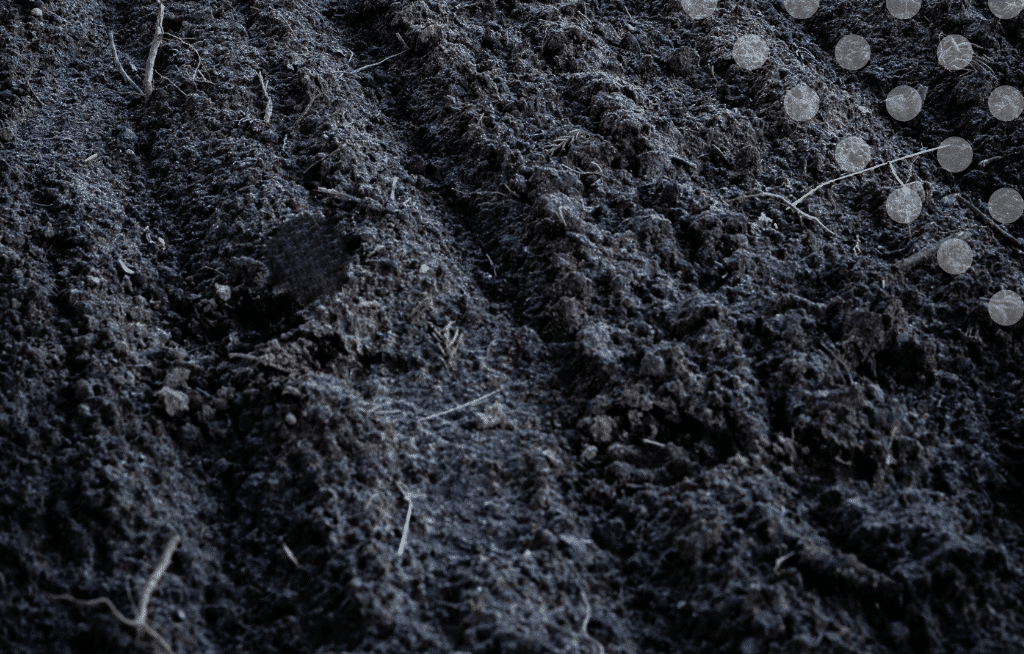Tomatoes are consumed all around the world for their nutritional and organoleptic qualities. 25% of the world production is for the processed market (2002). According to the requirements of the processed tomato market, growers need to focus on yield and physical quality.
Fruit development is an important concern regarding yield and fruit quality in processed tomatoes.
The first two weeks after fruit set is the phase of cell division with slow growth, then cell expansion with rapid fruit growth.
Cell division and expansion happens in the plant cell wall composed of many elements, in particular hemicellulose xyloglucane and pectin. Both allow the reshaping of the cell wall and therefore fruit development :
- Hemicellulose interacts with cellulose microfibrils and enables the cell to change its shape during growth and development (Hayashi and Kaida 2011)
- Pectin controls the permeability of cell walls and is involved in regulation of ion transportation (Voragenet al 2009) which will determine important parameters such as texture and firmness (Brummell 2006; Jarvis et al 2003).
With the application of our technologies, we saw a 20% increase in yield and fruit size. This coincided with a higher density of pectins and xyloglucans in the cell walls.
References:
Voragen, A. G., Coenen, G. J., Verhoef, R. P., & Schols, H. A. (2009). Pectin, a versatile polysaccharide present in plant cell walls. Structural Chemistry, 20(2), 263-275.
BRUMMELL, D. S. Primary cell wall metabolism during fruit ripening. New Zealand Journal of Forestry Science, 2006, vol. 36, no 1, p. 99.
Jarvis, M. C., Briggs, S. P. H., & Knox, J. P. (2003). Intercellular adhesion and cell separation in plants. Plant, Cell & Environment, 26(7), 977-989.




